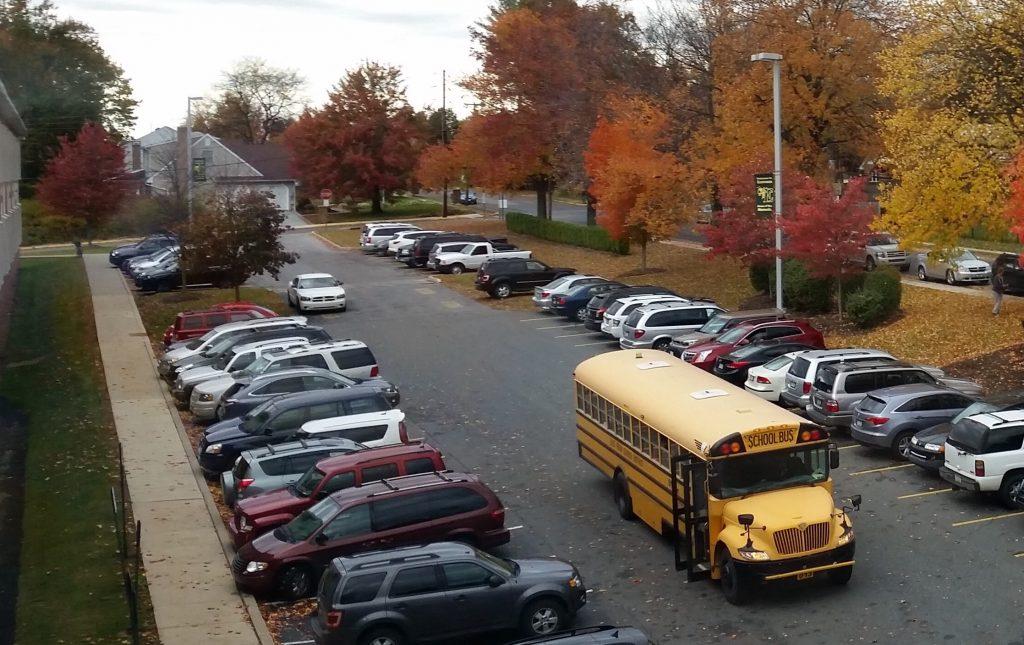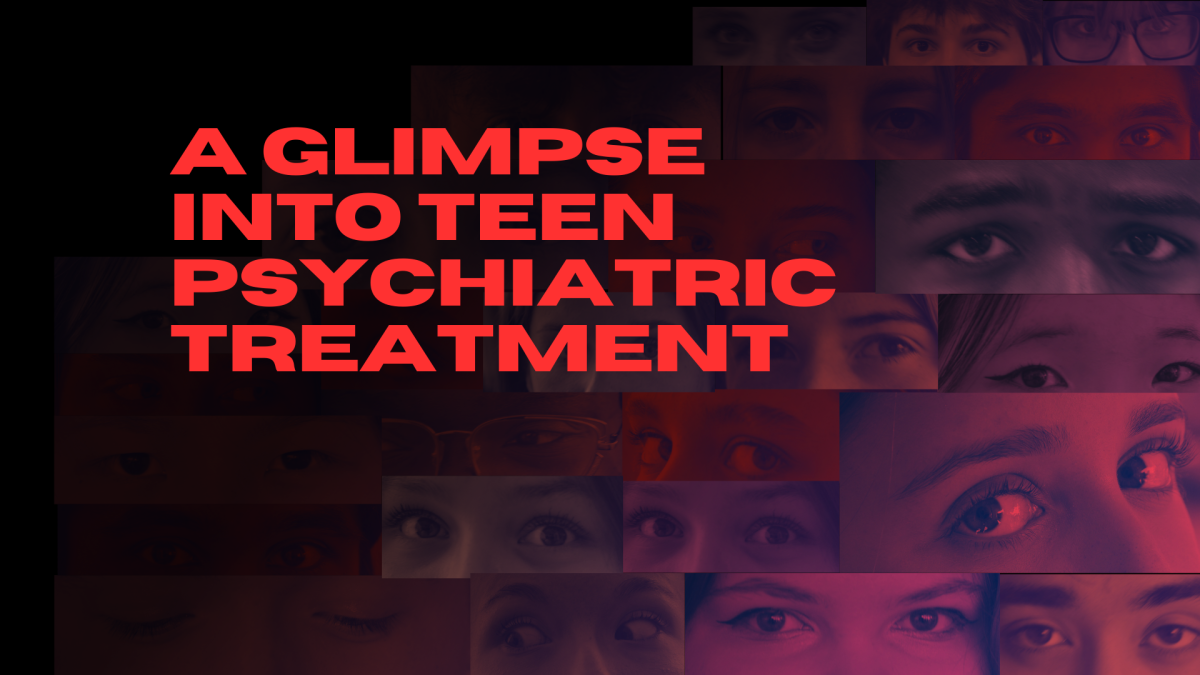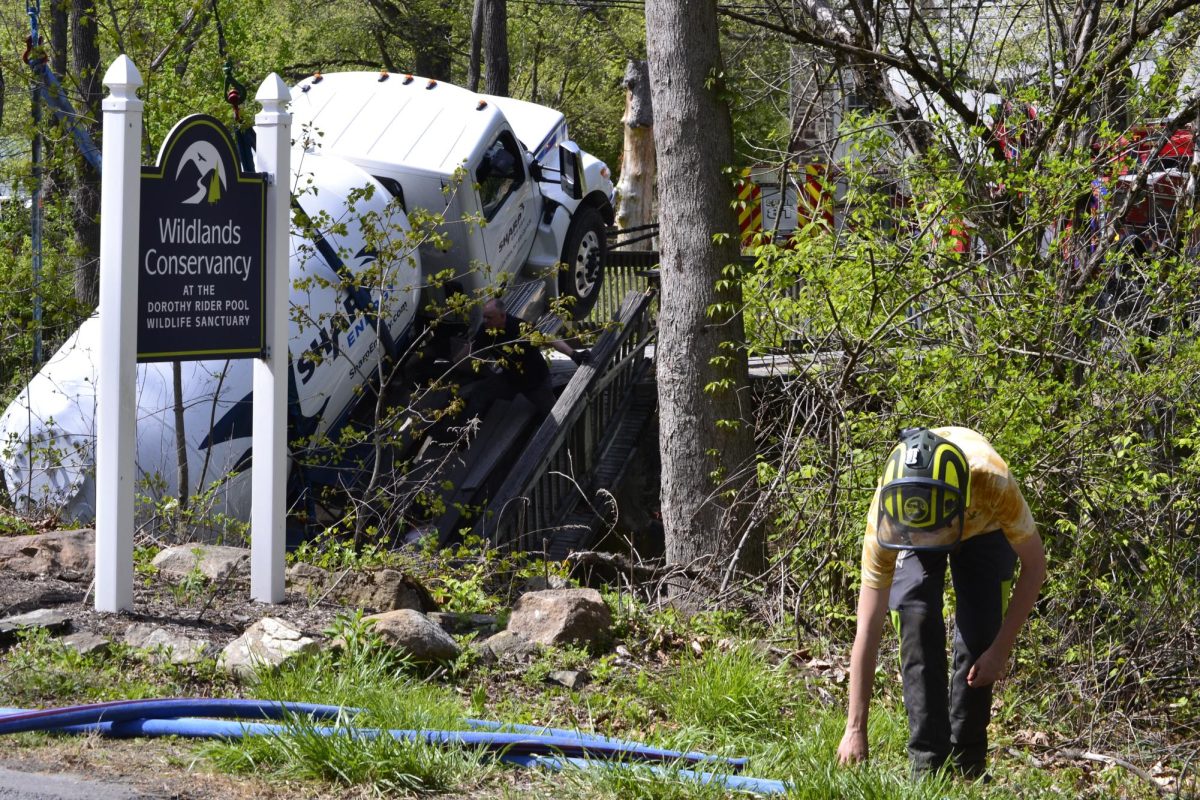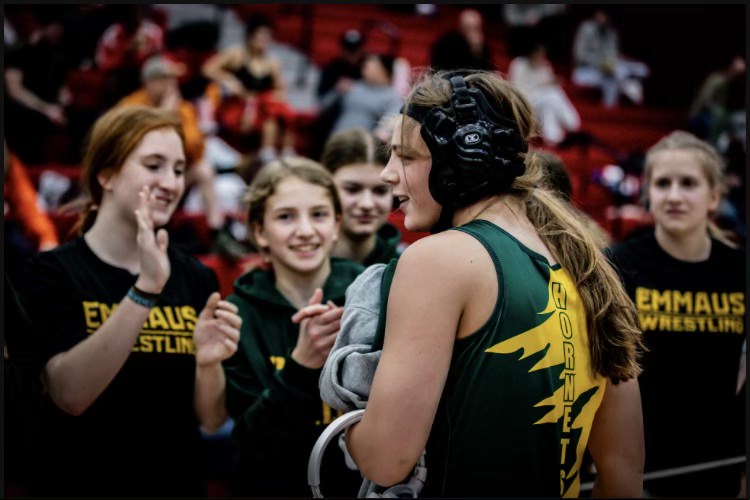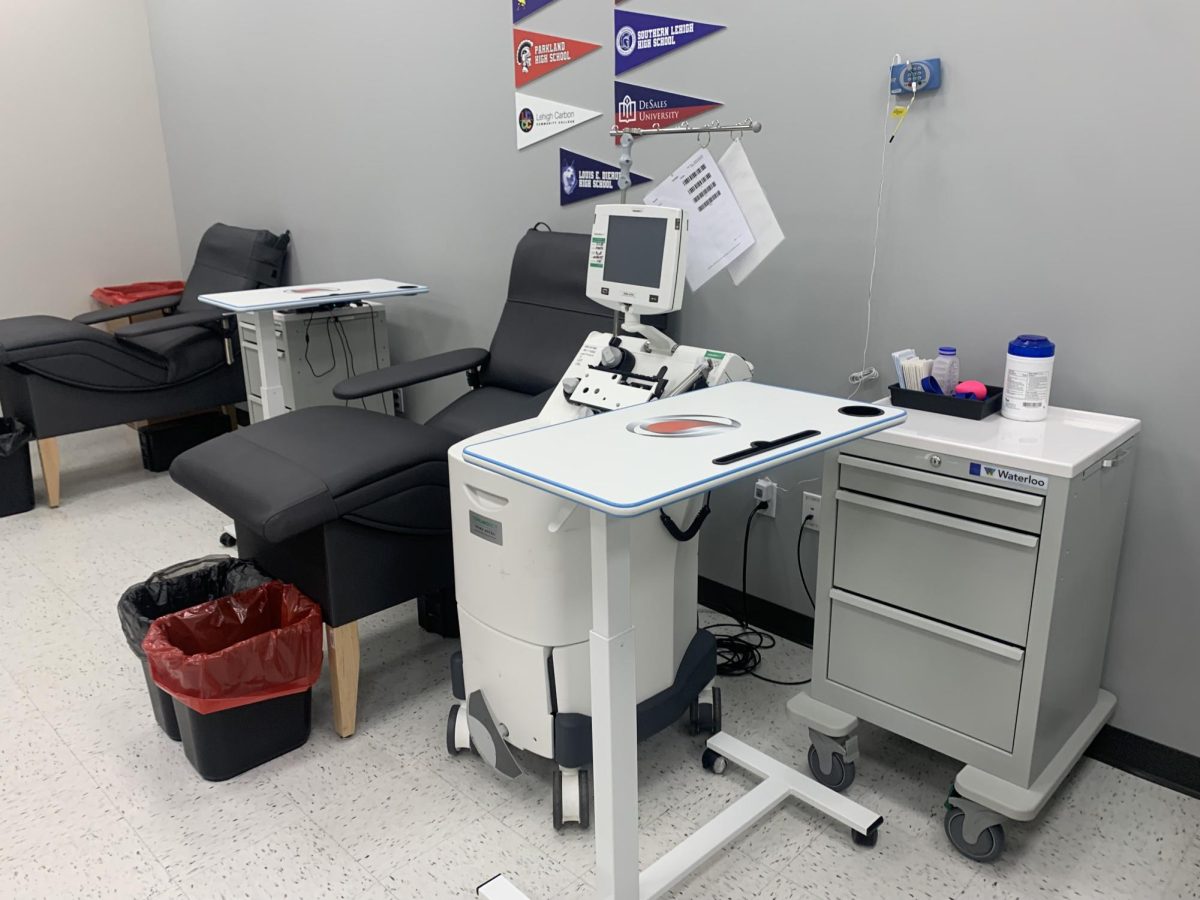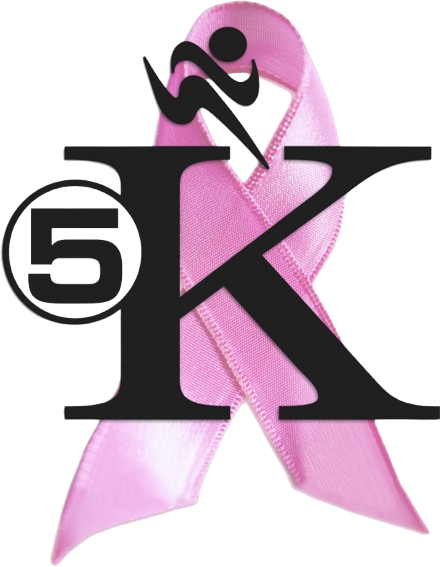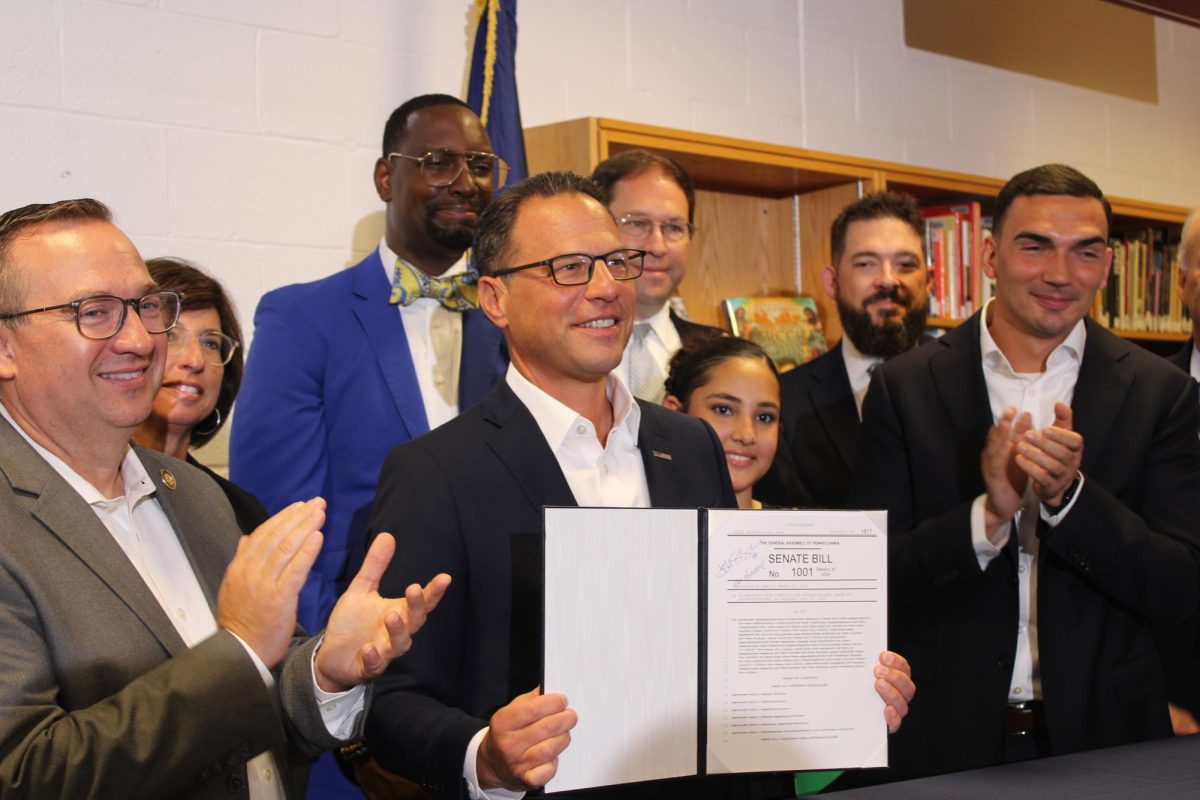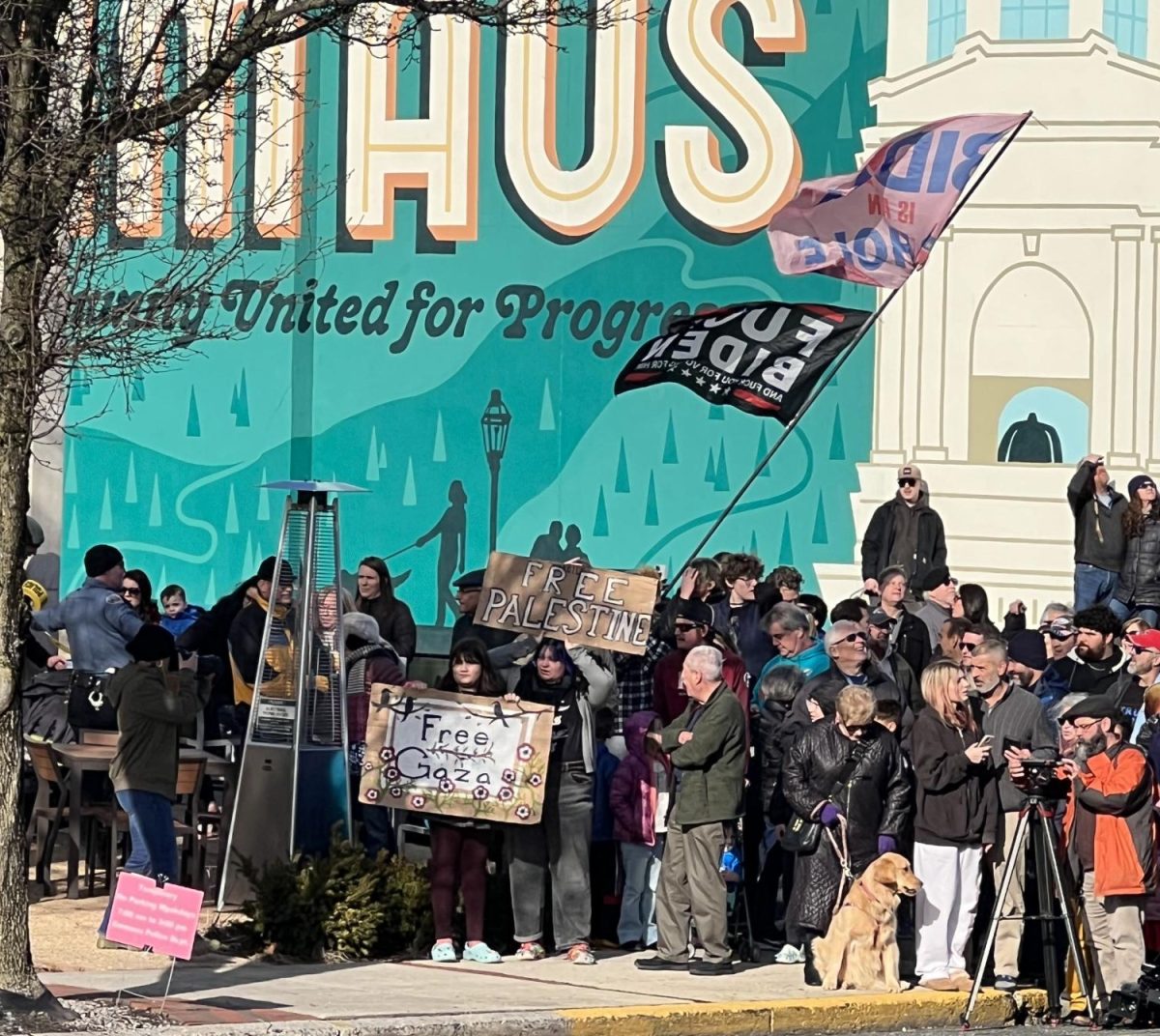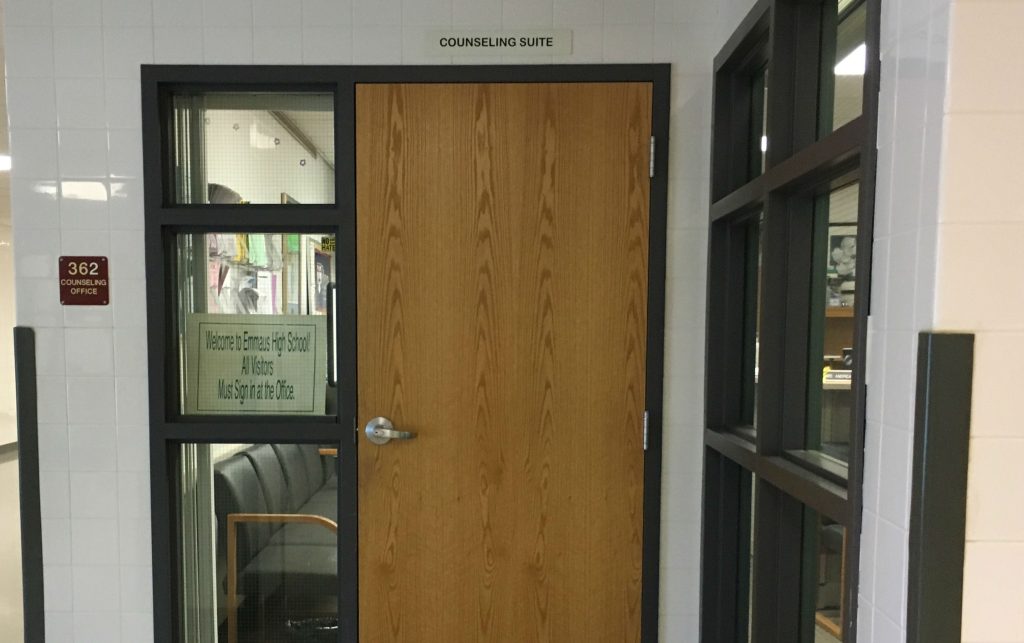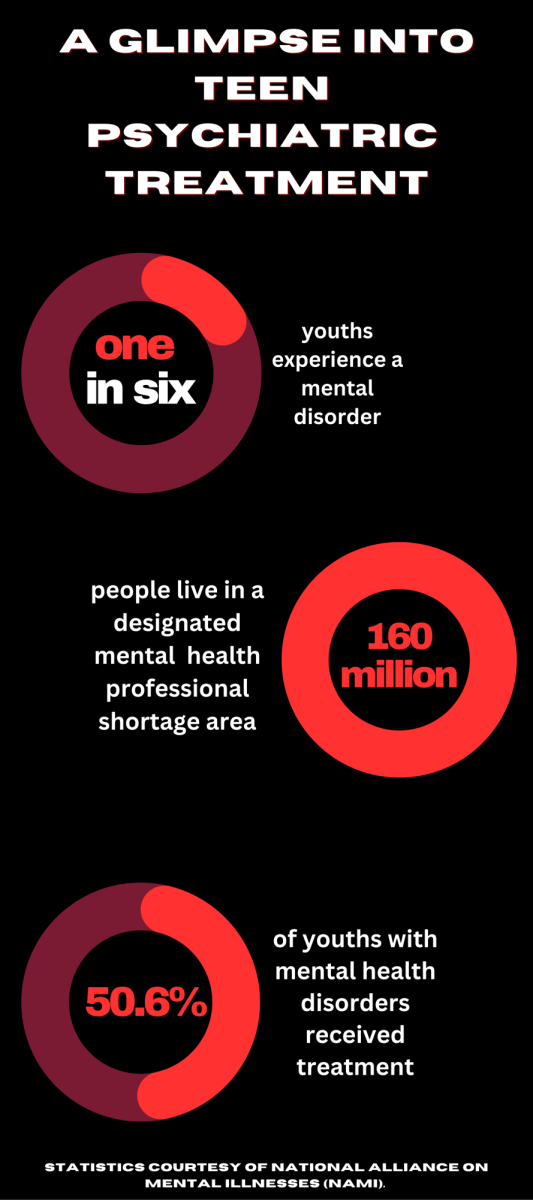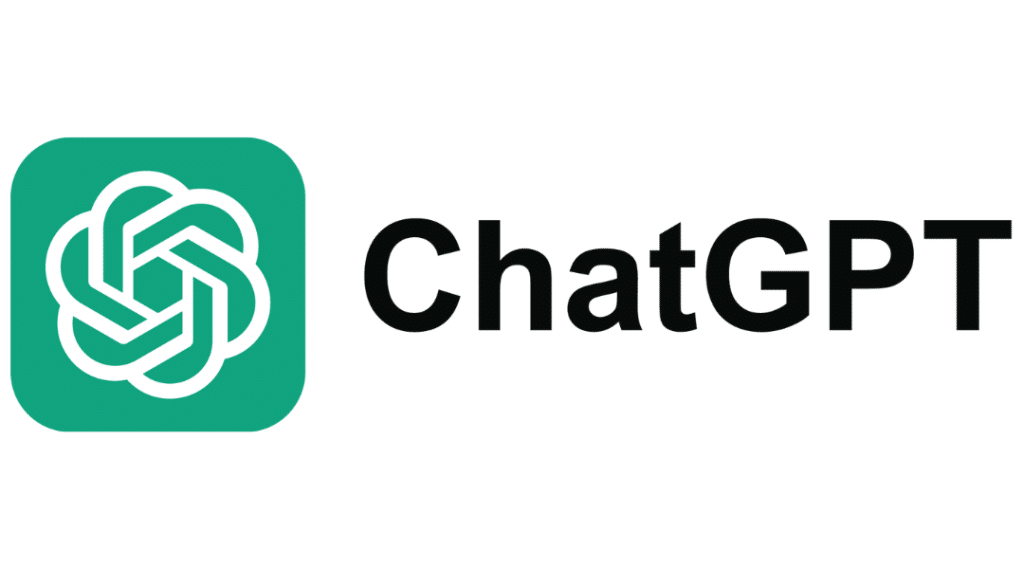In the midst of the presidential election season, two area school districts gained media attention when administrators announced that students used racial slurs and hate slogans.
Parents showed up at school board meetings in Saucon Valley and demanded that the district take action against racist language and behavior, while the principal at Southern Lehigh decried the actions of the students.
This all took place before an Upper Macungie Township motorist noticed two swastikas and the N-word written in the foggy windows of an East Penn School District bus as it delivered Emmaus High School students home. The driver, Sonia Topiarz, took a photo of the bus window and reported what she saw to the East Penn Office of Transportation.
Topiarz did not respond to a request for an interview.
After the incident, the district issued the following statement:
“On Monday, December 12, the East Penn School District’s transportation provider was informed by a passing motorist that a racial slur and swastika were inscribed in the condensation of an East Penn School District bus window. The district denounces and prohibits this type of racial harassment and is in the process of conducting a full investigation.”
Dr. Michael Schilder, superintendent of schools, notes an increase in bigoted behavior “within the last two weeks,” including “students using the N-word, targeting other black students” and “a couple of cases of swastikas.”
“For whatever reason, some students, and it’s a very small number, feel that they can use that word and they can use that symbol,” Schilder said.
Earlier this school year, the Southern Lehigh School District and Saucon Valley School District also dealt with a number of instances of racism and bigotry from students.
Southern Lehigh principal Christine Siegfried contacted parents to alert them of an increase in student’s racist behavior, including labelling black students “cotton pickers” and using the Nazi salute in hallways.
In Saucon Valley, a 14-year old white student posted a video to social media of a black classmate eating chicken, which he narrated with the N-word and other racial slurs. Northampton County District Attorney John Morganelli is currently investigating the case to determine if he should charge the student with ethnic intimidation.
Following these incidents, Schilder has met with a number of principals and superintendents to discuss how to handle similar occurrences at high schools in the area. In general, Schilder said the officials agreed that any solution to these incidents must come “from within” the student body.
“I think there is the general consensus that, if there is racism in high schools, even if it’s a small number of students, there’s got to be more of a dialogue,” Schilder said. “What do you do as a student who is not a racist when you hear a racist comment?”
School board member Ziad Munson hopes that students, faculty and community members do not view this “kind of incident as normal, as something that is acceptable or that happens all the time or that it’s just kids being kids.”
He feels that acts of bigotry can affect “the climate of schools” and should be dealt with differently than other forms of misconduct.
“I think there’s a big difference between writing a curse word in the fog on a bus and writing a swastika,” Munson said.
In response to these types of incidents, Schilder met with “student leaders” this past week to hear their opinions on the issues and possible solutions. He feels that understanding the different perspectives of students will aid him in moving forward with a solution.
“I want to get a sense from [students], what they’re seeing, what they’re feeling, what they’re hearing,” Schilder said before the meeting, which was held on Dec. 22. “Do they think it’s a problem? If so, what would be their recommendations to me as superintendent? What do they think I should do? I have some ideas. It’s not an easy topic, I mean it’s not an easy subject to just say ‘okay, we’re going to do this, and it’s going to be gone tomorrow.’ It doesn’t work that way.”
Students said they met with Dr. Schilder before the holiday break to discuss recent incidents and how they have affected the climate within classrooms and the building.
Munson agrees that students must be involved to initiate a change. He advocates for the district to hold special programs that teach the school community the benefits of speaking up when they hear or see bigotry.
“I think that that’s one practical [solution] because if you have people who are committed racial supremacists, they’re not going to change their mind because of [these programs],” Munson said. “But, I do think that the vast majority of people who might otherwise just tolerate that kind of racism and not say anything, I think they can be reached by programs that can teach you what to do.”
On the other hand, school board member Charles Ballard thinks that this type of solution allows a small incident meant to garner attention “more credence than it deserves.” He believes that, when handling situations like this, the district should follow and enact its discipline code and avoid involving the student body unless a greater amount of the school population is involved.
“The situation is, we’ve had an incident, that at most indicates one student out of 8,000 plus has a problem,” Ballard said. “Do we immediately believe that 8,000 students need remedial action? I’m not sure that that’s the case. Do even 2,000 students in the high school need remedial action? My point is, we have a discipline code, it covers situations like this, it provides for appropriate steps to be taken to ensure that, from an educational standpoint, that fairness and appropriateness is taken into account as to what the behavior was and if it violates the code of conduct, it’s prescribed what we do.”
Additionally, Ballard holds that a student’s family determines his or her core beliefs and that, while the school system should teach students how to get along with people of different viewpoints, it should not try to change the student’s principles.
“The school system isn’t here to teach per se, morals or values. Those are some things that are determined first by your parents…” Ballard said. “It is not the school’s business to do that.”
However, Schilder maintains that if students say anything “meant to intimidate or harass somebody else,” a school can and should discipline them.
“Free speech only goes so far, certainly in a public school district,” Schilder said. “Schools have a different standard to maintain so if somebody is using hate speech, let’s say, or the N-word, and it’s intimidating others and it’s causing a disruption in the school, the administration has every right to stop it.”
Schilder views EHS as an institution that fosters discussion of relevant issues, but he wants to continue working to eliminate discrimination.
“I think this high school does a pretty good job of talking about relevant social issues and issues of discrimination and so forth. I also think we do a pretty good job at our middle schools,” Schilder said “But, we need to keep trying. If racism is out there, which it is, and it’s in this high school and every high school, even if it’s a very small number of students, we still have to keep trying.”
After an investigation by director of student services Thomas Mirabella, the school has identified the student who wrote hate speech on the bus window.
Additional reporting by Cathryn Seibert. Photo by Cathryn Seibert.


